Choosing the Right Office Table Design for Productivity and Style
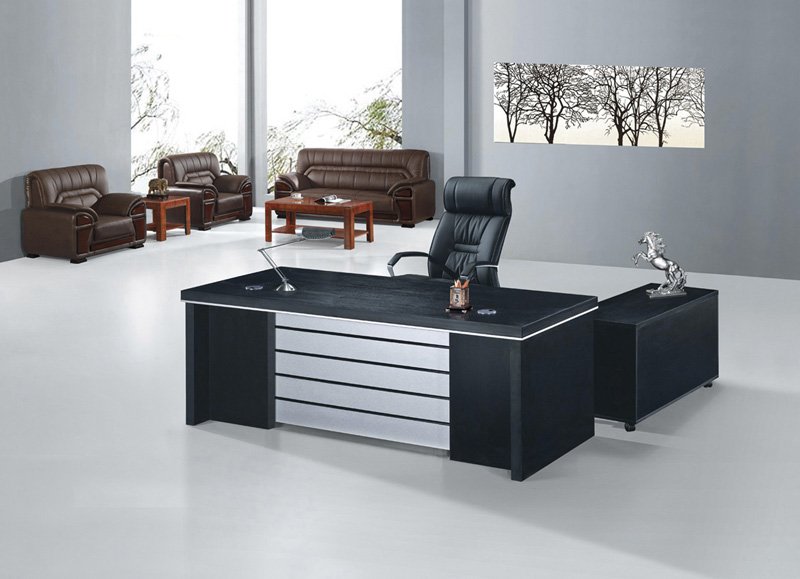
When it comes to enhancing workplace efficiency and comfort, selecting the right office table design plays a pivotal role. In the modern office environment, where aesthetics meet functionality, a well-thought-out office table can influence not only productivity but also employee morale. A growing number of professionals and businesses are realizing the importance of integrating ergonomic and visually appealing furniture into their workspaces. Whether you are setting up a corporate office, a home-based workstation, or a co-working space, choosing the correct office table requires a balance between design, utility, and comfort. A contemporary office table design not only reflects your brand image but also contributes significantly to the workflow dynamics of your team.
Office tables come in various forms, each tailored to specific work requirements. Executive desks, for instance, are typically large and luxurious, suitable for managerial positions. These often incorporate built-in drawers, cable management systems, and sometimes even side cabinets. On the other hand, minimalistic workstations cater to open-plan offices, promoting collaboration and flexibility. Modern office table designs also embrace modularity, allowing customization to fit individual preferences or changing needs. The layout of your office space, the type of work being performed, and the number of people using the table are critical factors to consider when making your selection. With smart planning, your office furniture can boost efficiency, eliminate clutter, and make the space feel more inviting.
Ergonomics and Comfort: The Foundation of an Ideal Office Table
One of the most overlooked yet crucial aspects of an effective office table design is ergonomics. A poorly designed table can lead to long-term health issues such as back pain, wrist strain, and eye fatigue. Height, legroom, and surface space must be proportioned to promote a comfortable working posture. Features like adjustable heights, curved edges, and integrated monitor stands can significantly enhance user comfort. Ergonomic considerations are not only beneficial for employee health but also lead to reduced absenteeism and improved focus. A comfortable office environment encourages longer, more productive working hours and reduces fatigue-related errors.
Today, ergonomic office tables are no longer limited to dull, medical-grade furniture. Designers are blending ergonomic features with sleek, modern styles to create tables that are as pleasing to look at as they are to use. For example, standing desks and sit-stand converters have become popular for their ability to accommodate different working styles. These options allow users to alternate between sitting and standing, reducing the risk of sedentary lifestyle-related conditions. Whether for a corporate setting or a creative studio, integrating ergonomics into your office table setup is a wise investment in both well-being and performance.
Functional Features in Modern Office Table Design
Functionality is a cornerstone of great office table design. Today’s workspaces demand more than just a flat surface. Integrated storage solutions, wire management systems, mobile components, and modular extensions have become common in office furniture. A good design should consider the needs of the user—from simple requirements like having enough space for a laptop and notepads to more complex needs like housing dual monitors, printers, and other peripherals. With the rise of digital tools and hybrid work environments, flexibility is no longer optional.
Multi-functional tables are gaining popularity for their ability to adapt to a variety of work styles. Some designs feature foldable parts, wheels for mobility, and detachable sections. These are ideal for dynamic offices where space is at a premium or configurations change frequently. Moreover, built-in charging ports, wireless charging pads, and hidden compartments can make a table more efficient and tech-friendly. Investing in such functional designs can eliminate the mess of wires and gadgets, giving your office a cleaner and more organized appearance. The best part is that these functionalities can be seamlessly integrated into aesthetically pleasing office table setups, offering the best of both worlds.
Material Selection and Durability Considerations
Another vital element in selecting an office table design is the choice of material. The durability, appearance, and maintenance needs of a table largely depend on the materials used. Common options include solid wood, engineered wood, metal, and tempered glass. Each material has its own pros and cons, and the choice often comes down to your budget, office style, and specific requirements. Solid wood offers a classic look and exceptional durability but may come at a higher price. Engineered wood, such as MDF or particle board, provides a more affordable yet stylish option.
Metal frames offer industrial appeal and strength, while glass surfaces can make smaller spaces appear larger and more open. However, glass requires regular cleaning and might not be suitable for high-traffic environments. Eco-friendly and sustainable materials are also making their way into office table designs, in response to growing environmental concerns. Recycled wood, bamboo, and low-VOC finishes are not only good for the planet but also add a unique character to your furniture. Regardless of the material you choose, make sure the finish is resistant to scratches, stains, and everyday wear and tear, ensuring longevity and low maintenance.
Aesthetic Appeal and Branding with Office Table Design
Beyond function and comfort, the visual appeal of your office table design can influence how your company is perceived. Office furniture plays a role in shaping the work culture and environment. Sleek, modern tables can convey innovation and creativity, while traditional wooden tables might suggest stability and professionalism. The color, shape, and finish should align with your brand’s personality and office decor. In collaborative spaces, round or L-shaped tables promote inclusivity and better communication. In contrast, minimalist and linear designs are ideal for focused, individual work.
Customization options can further reinforce your company’s brand identity. From selecting brand colors to engraving logos or adding unique design elements, you can personalize your office table to reflect your business ethos. Even in a home office setup, a well-designed table can create a professional ambiance that boosts productivity and work satisfaction. Lighting, wall colors, and accessories should complement your table to create a cohesive workspace. Whether you prefer bold statement pieces or understated elegance, your office table is more than just furniture—it is a representation of your work culture and professional values.
Conclusion
Selecting the right office table design is a blend of art and science. It demands attention to ergonomics, functionality, aesthetics, and durability. In today’s rapidly evolving work environments, investing in a versatile and comfortable office table can significantly enhance productivity, health, and workplace satisfaction. Whether you’re designing a new office or upgrading your current space, the right choice in office tables can make a substantial difference in both form and function. For businesses looking to create smart, efficient, and visually pleasing workspaces, understanding these elements is key. And when it comes to trusted quality and design innovation, Office table offers a range of solutions tailored to meet the modern professional's needs.




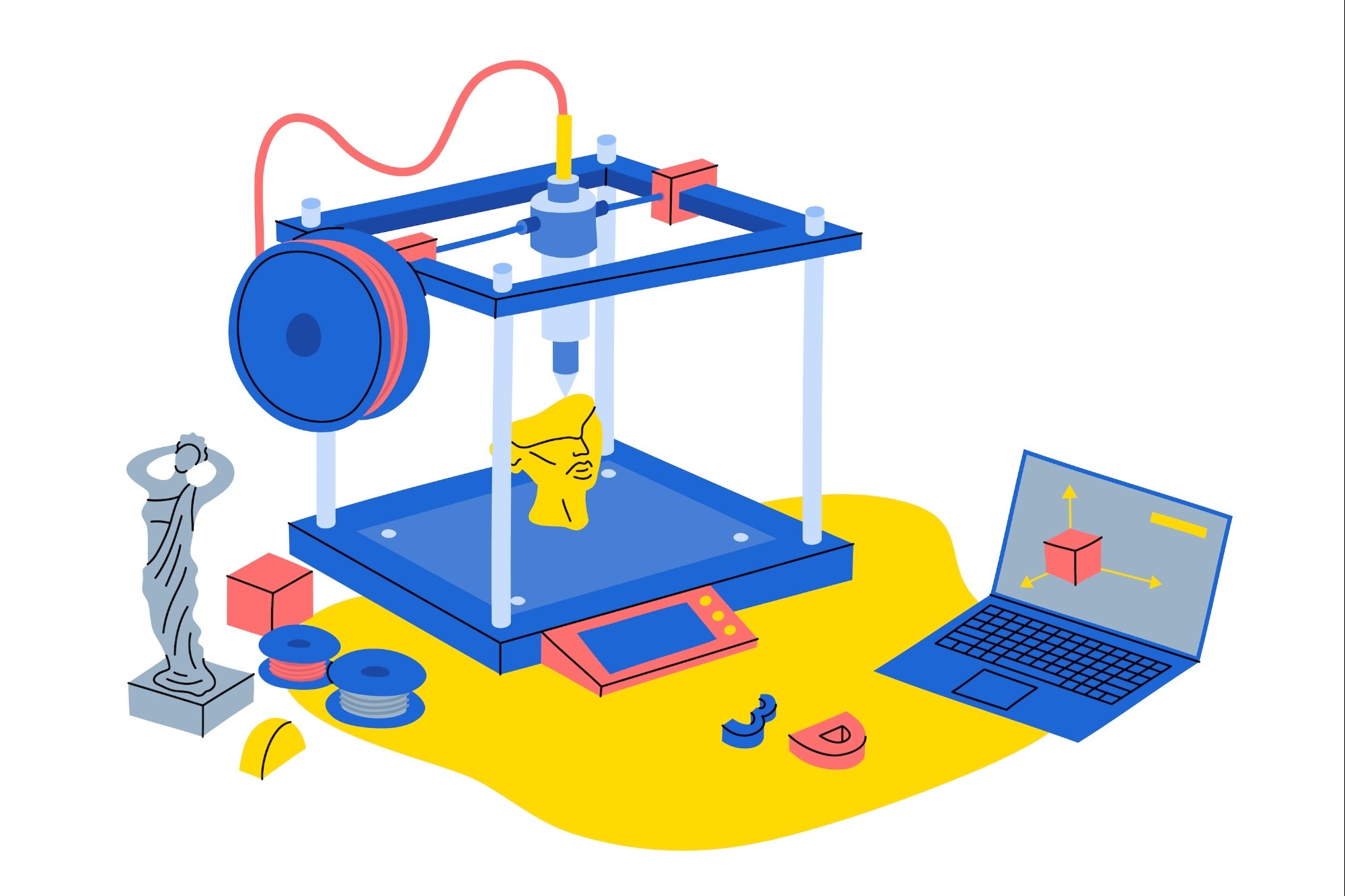


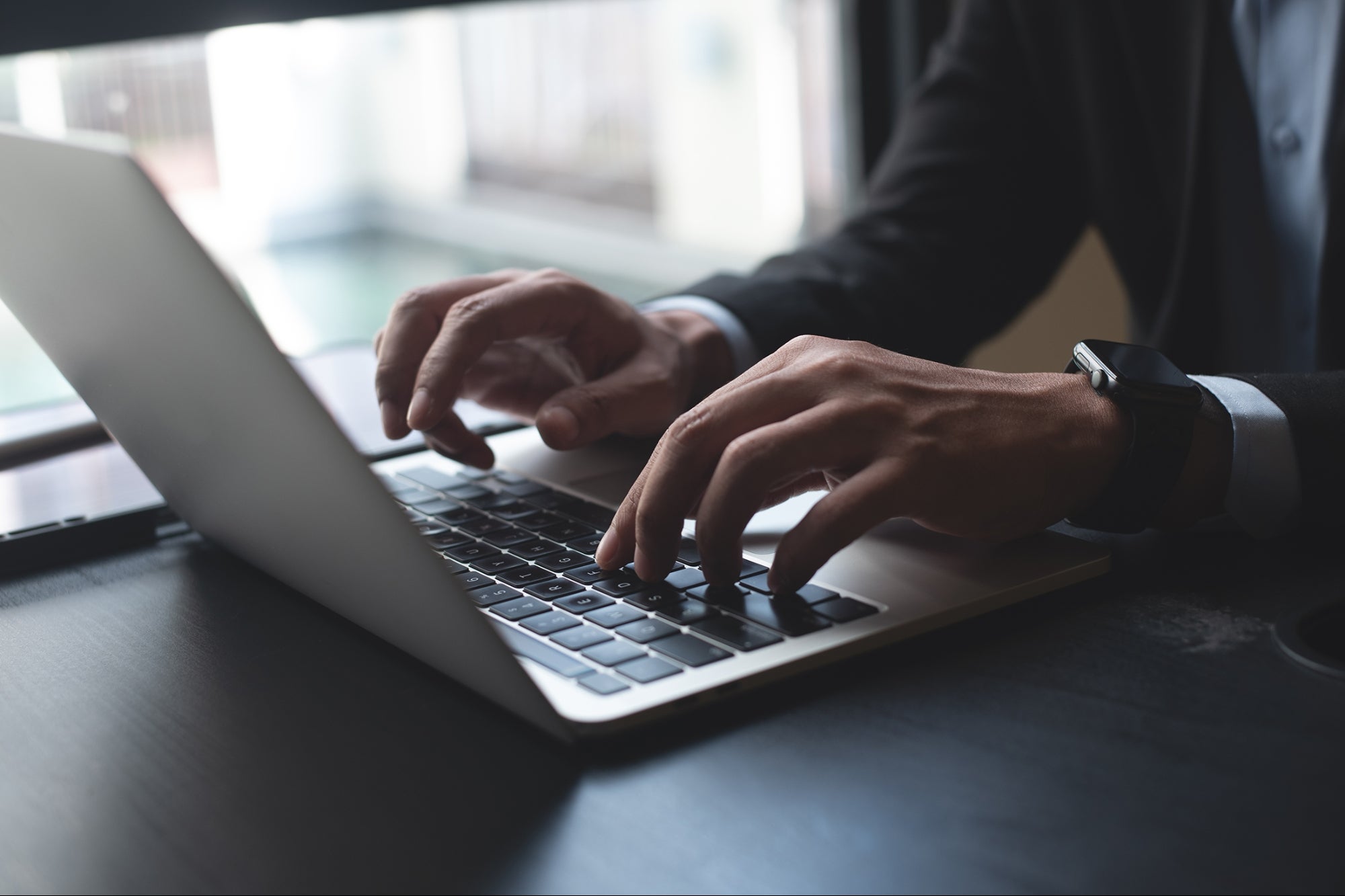


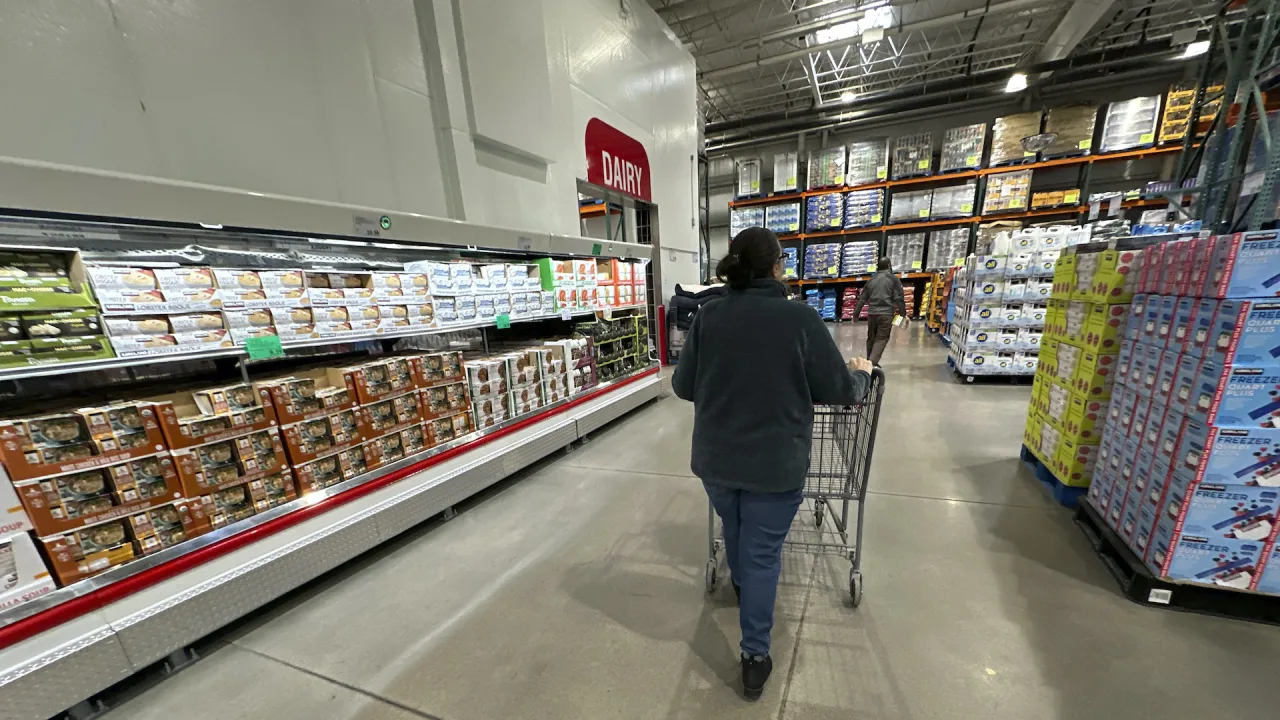
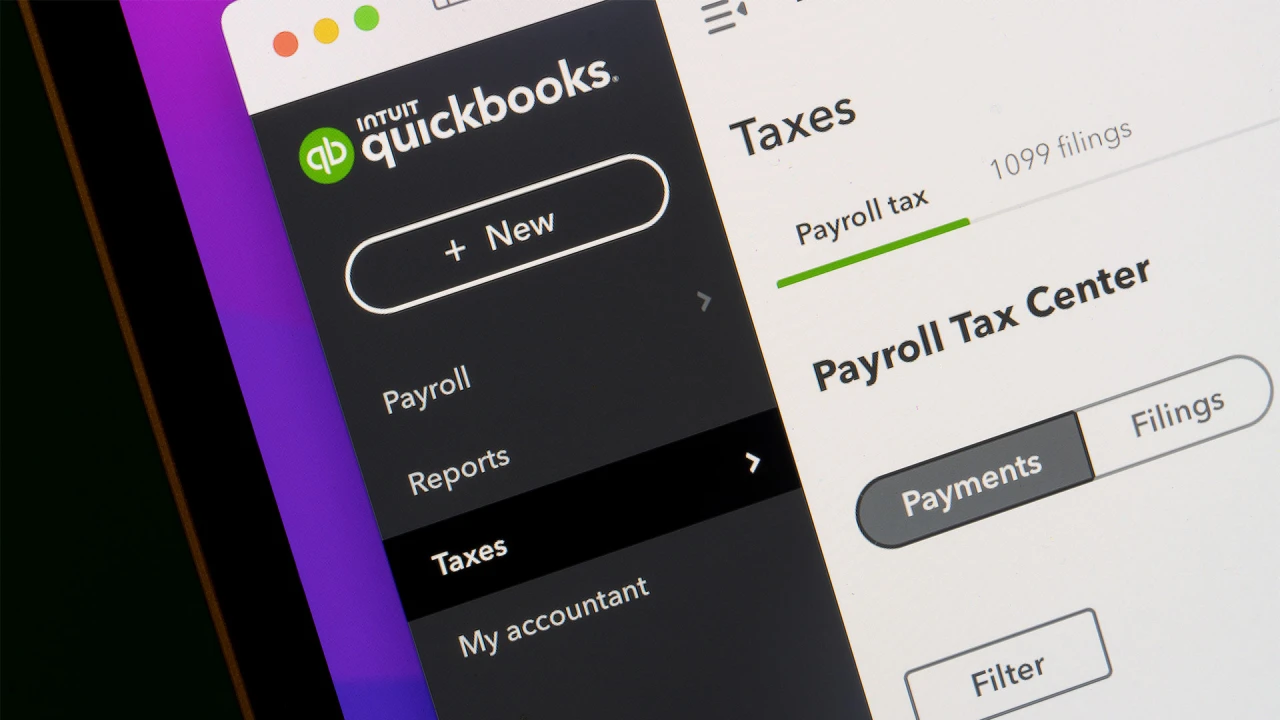










































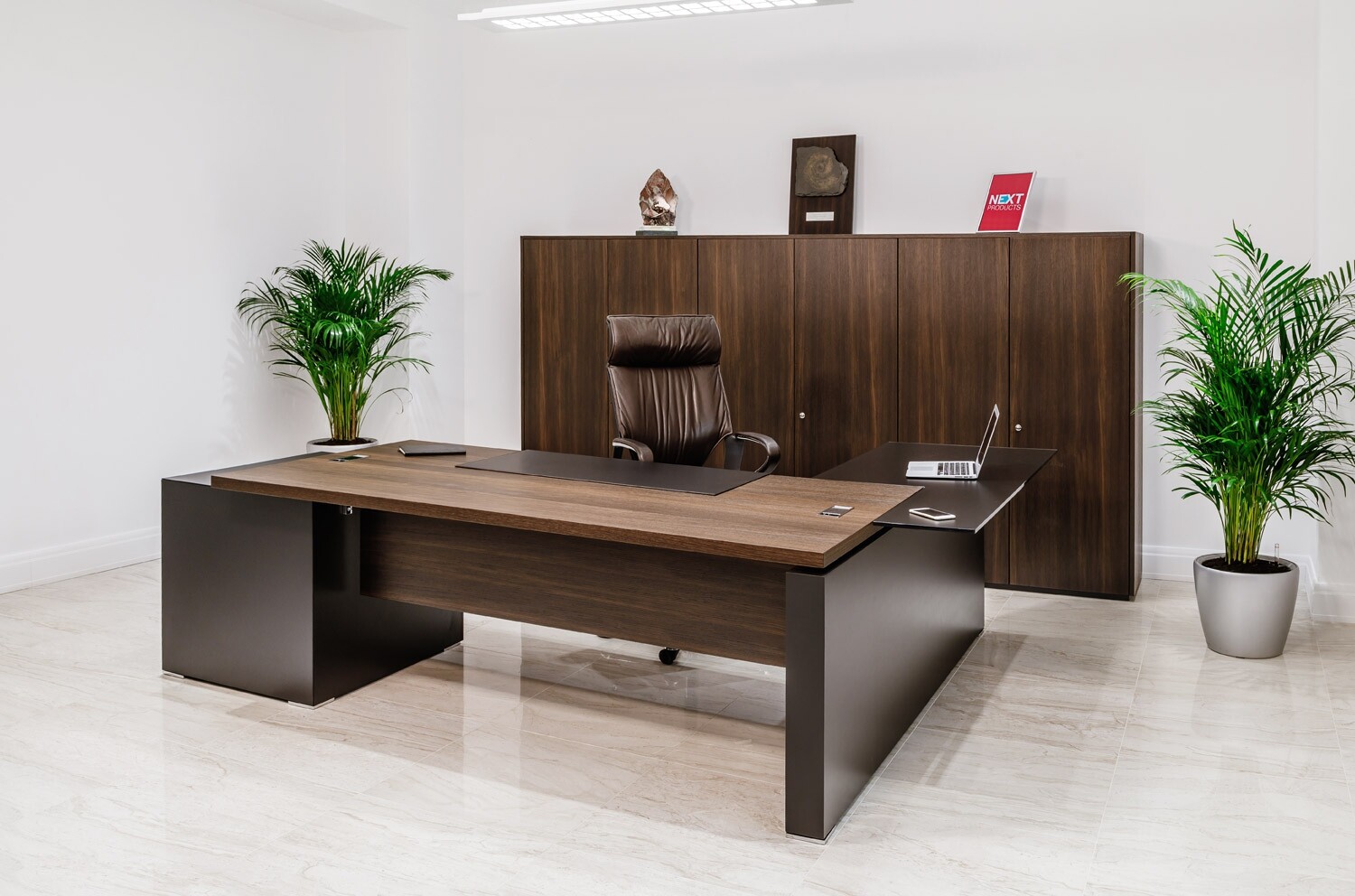












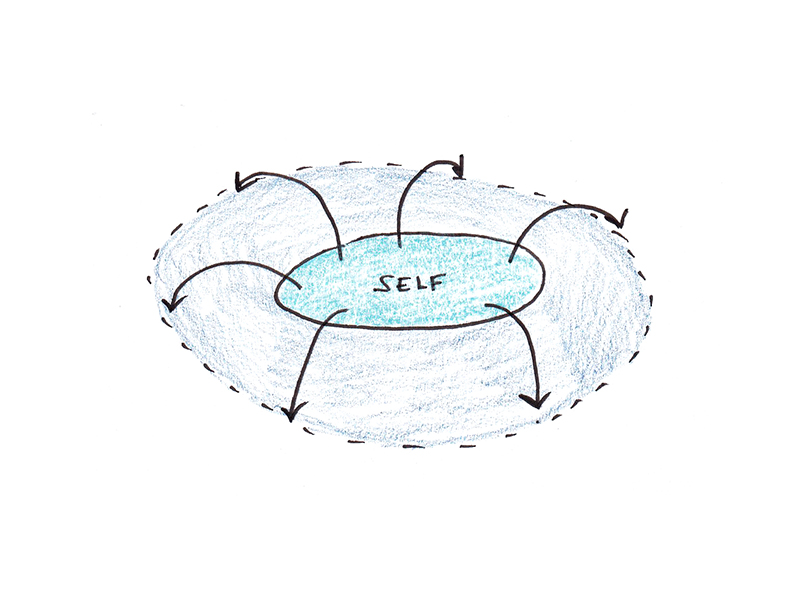





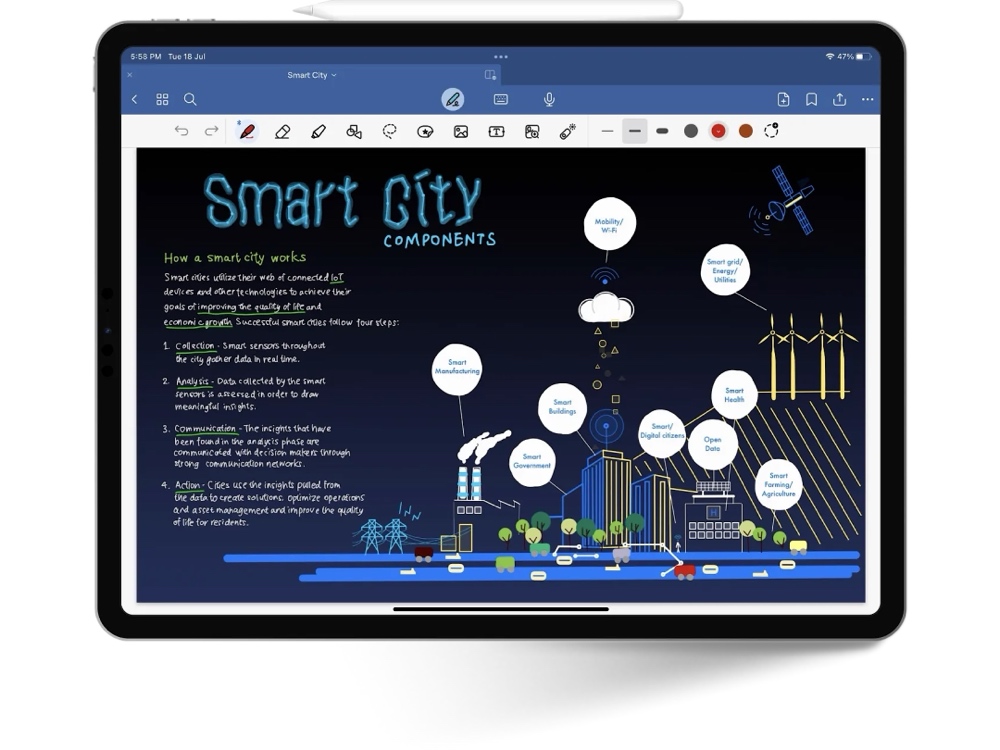


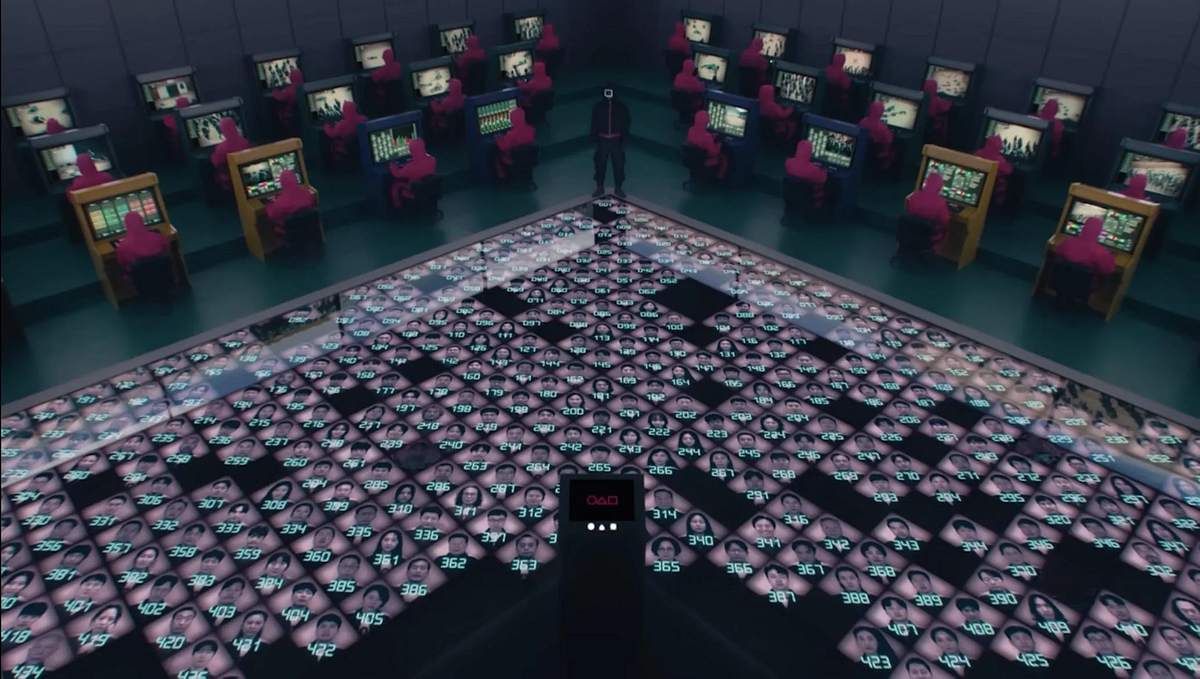



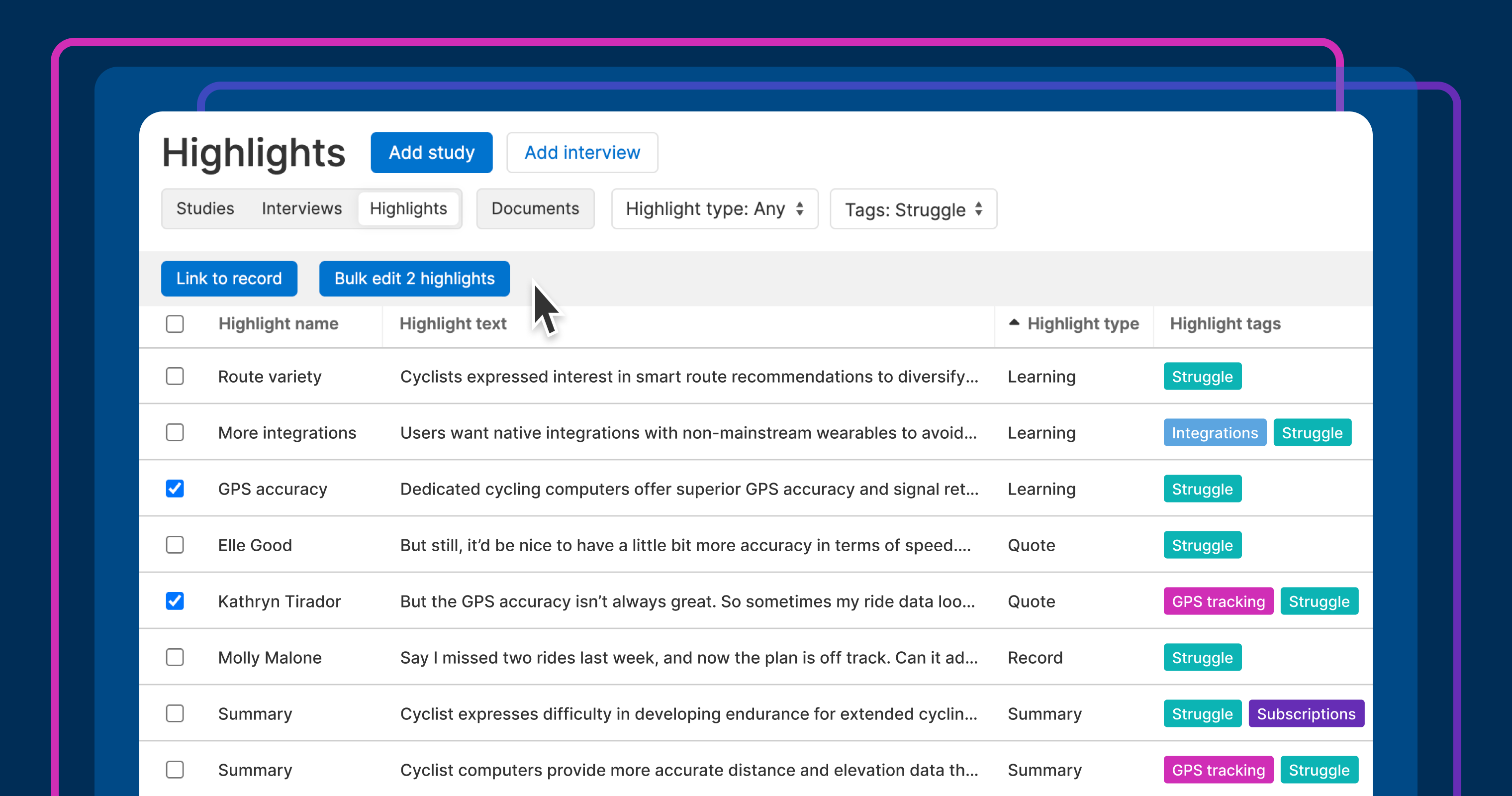

























![Building A Digital PR Strategy: 10 Essential Steps for Beginners [With Examples]](https://buzzsumo.com/wp-content/uploads/2023/09/Building-A-Digital-PR-Strategy-10-Essential-Steps-for-Beginners-With-Examples-bblog-masthead.jpg)














































